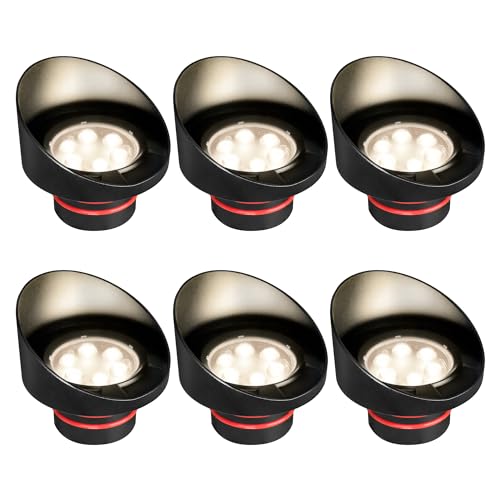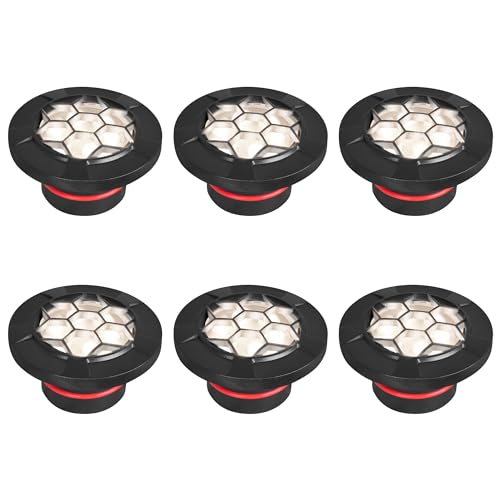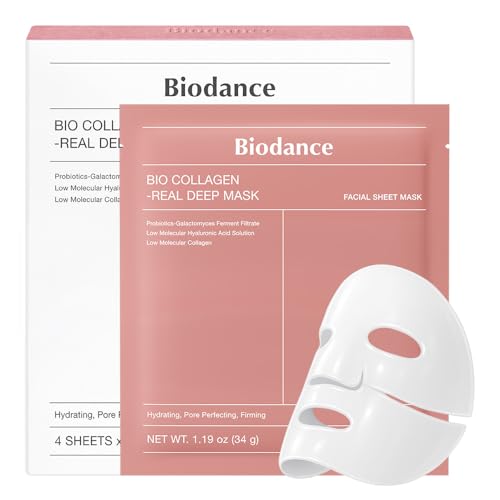Starting a paver project is exciting, but it’s easy to make mistakes that can cost you time and money. I’ve been there, and I know how frustrating it can be when things don’t go as planned. Whether you’re a DIY enthusiast or hiring a professional, avoiding common pitfalls is key to achieving a beautiful and lasting result.

One of the biggest mistakes is skipping the proper base preparation. Without a solid foundation, your pavers can shift or settle unevenly. Another common error is choosing the wrong type of paver for your specific project needs. It’s also tempting to rush through the installation, but taking your time ensures each step is done correctly.
By being aware of these and other mistakes, you can save yourself a lot of hassle and create a stunning paved area you’ll enjoy for years to come.
Common Planning Mistakes
When I plan a paver project, avoiding common mistakes ensures a smooth installation and lasting results.
Inadequate Site Assessment
I conduct a detailed site assessment to identify drainage patterns, soil composition, and ground stability. Overlooking these factors can cause water pooling, shifting pavers, or uneven surfaces, leading to costly repairs.
Poor Design Layout
I create a precise design layout, selecting appropriate patterns and paver sizes that complement the space. A flawed layout can result in an unbalanced appearance and make the installation process more challenging.
Improper Base Preparation
Proper base preparation ensures a durable and level paver installation. Mistakes in this phase can lead to long-term issues.
Incorrect Excavation Depth
Excavation depth impacts the foundation’s strength. If the depth is too shallow, pavers may shift or settle unevenly. Typically, a base should be excavated at least 6 inches below the desired surface level. For areas with heavy traffic, increasing the depth to 8 inches provides extra stability. Over-excavating wastes resources and complicates the installation process.
Using Low-Quality Base Materials
Low-quality base materials compromise drainage and support. Opt for crushed stone or gravel with proper compaction to promote water flow and prevent paver movement. Avoid using fill dirt, which retains moisture and weakens the base. High-grade materials reduce the risk of shifting and enhance the longevity of your paver project.
Selecting the Wrong Pavers
Choosing the right pavers ensures a durable and visually appealing installation. Selecting the wrong pavers can lead to functionality and aesthetic issues.
Material Selection Errors
Using unsuitable materials affects paver longevity and performance. For instance, concrete pavers may wear quickly in high-traffic areas, while natural stone pavers can be slippery when wet. I evaluate the climate and usage to select materials like brick for traditional looks or porcelain for low maintenance.
Mismatched Colors and Patterns
Inconsistent colors and patterns disrupt the overall design. For example, mixing light and dark pavers without a plan can create a chaotic appearance. I coordinate hues and patterns to achieve a harmonious and balanced layout, enhancing the project’s visual appeal.
Faulty Installation Techniques
Avoiding common installation errors ensures a durable and attractive paver surface. Here are key techniques to implement correctly.
Uneven Spacing and Alignment
Maintaining consistent spacing and alignment is crucial for a professional finish. If pavers aren’t evenly spaced, gaps may become uneven over time, leading to trip hazards and an unattractive appearance. I use spacers to ensure uniform gaps, typically 1/8 to 1/4 inch, depending on the paver type. Misalignment can cause weak points in the layout, so I regularly check levels and use string lines for straight edges. Proper alignment not only enhances visual appeal but also contributes to the longevity of the pavement.
Inadequate Compaction
Proper compaction provides a stable foundation, preventing shifting and settling. Without adequate compaction, pavers may sink or move, compromising the surface’s integrity. I employ a plate compactor to thoroughly compact the base and sand layers, ensuring each layer is firmly set before adding the next. In areas with heavy traffic, I increase the number of compaction passes to enhance stability. Skipping this step can lead to uneven surfaces and costly repairs, so thorough compaction is essential for a lasting installation.
Lack of Proper Sealing and Maintenance
Failing to seal and maintain pavers reduces their lifespan and appearance. Proper sealing and upkeep ensure your investment remains durable and attractive.
Skipping Sealant Application
Applying sealant protects pavers from moisture, stains, and UV damage. Without sealant, pavers absorb water, leading to freeze-thaw cycles that cause cracking. Additionally, unsealed pavers are more susceptible to oil spills and discoloration, diminishing their visual appeal over time.
Neglecting Regular Upkeep
Regular maintenance, including cleaning and re-sanding joints, maintains pavers’ structural integrity and appearance. Ignoring upkeep allows weeds to grow in joints, and loose sand can lead to shifting pavers. Consistent maintenance prevents these issues, ensuring a stable and pristine paved surface.
Conclusion
Starting a paver project is exciting and avoiding these common mistakes can save you time and money. I’ve found that careful planning and attention to detail make a huge difference in the final result.
« How to Care for Tropical Plants Outdoors: Essential Tips for a Vibrant Garden Budgeting for a New Patio Installation: Cost-Saving Tips and Strategies »
From selecting the right materials to ensuring proper installation techniques, every step matters. By taking your time and following best practices you can create a beautiful and durable paved area that you’ll enjoy for years to come.












